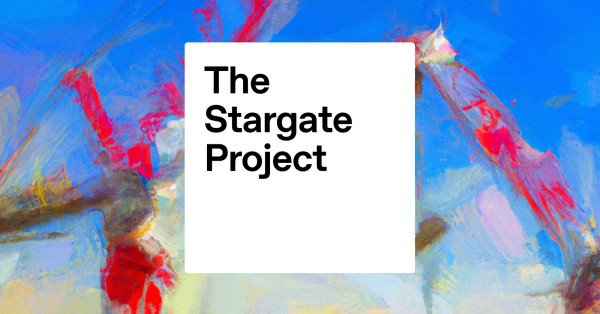Vodafone has launched Connected Spaces Vision, an unlimited data plan for business customers that need live video from IoT smart surveillance cameras over a mobile network.
Connected Spaces Vision is designed to overcome challenges faced by existing CCTV infrastructure, such as bandwidth limitations, cost, and security concerns. It does this by providing what traditional wireless CCTV cannot – secure cloud storage and real-time alerts (of people & vehicle detection), while reducing data transmission costs, giving customers peace of mind and predictable costs.
Vodafone Business Connected Spaces Vision has been developed in partnership with AI video compression and analytics company, Digital Barriers. The smart surveillance system uses Digital Barriers’ patented AI-based video codec that reduces bandwidth requirements, by up to 90%, operating over Vodafone’s market-leading IoT network. The solution works with standard IP cameras, enabling them with analytics, so customers don’t need to rip out and replace their existing cameras. It’s ideally suited for businesses that have remote, mobile and temporary operations, where conventional wired CCTV cannot be deployed easily and/or cost effectively. These can include a range of sectors such as:
Construction – can ensure worker health & safety (e.g. receive an alert when a worker enters a ‘no-go zone’) and keeps eyes on expensive assets outside of working hours with CCTV that can be moved with ease.
Utilities – can get visibility of remotely deployed assets and be alerted instantly when they are tampered with, without the need to build costly fixed infrastructure in hard–to–reach locations.
Manufacturing & logistics – can gain live visibility and management insights across all aspects of production, warehousing, transport, and logistics. Using mobile technology means cameras can be moved at ease and still allow for real-time alerts.
Local government – can expand visibility in city centres, transport networks and retail hubs, with CCTV that can be re-deployed easily without the need for costly fixed infrastructure investment.
Security integrators – can deploy mobile cameras to get better visibility of what’s happening at large venues and events, helping attendees stay safe.
Read More news – Vodafone UK News Centre




























